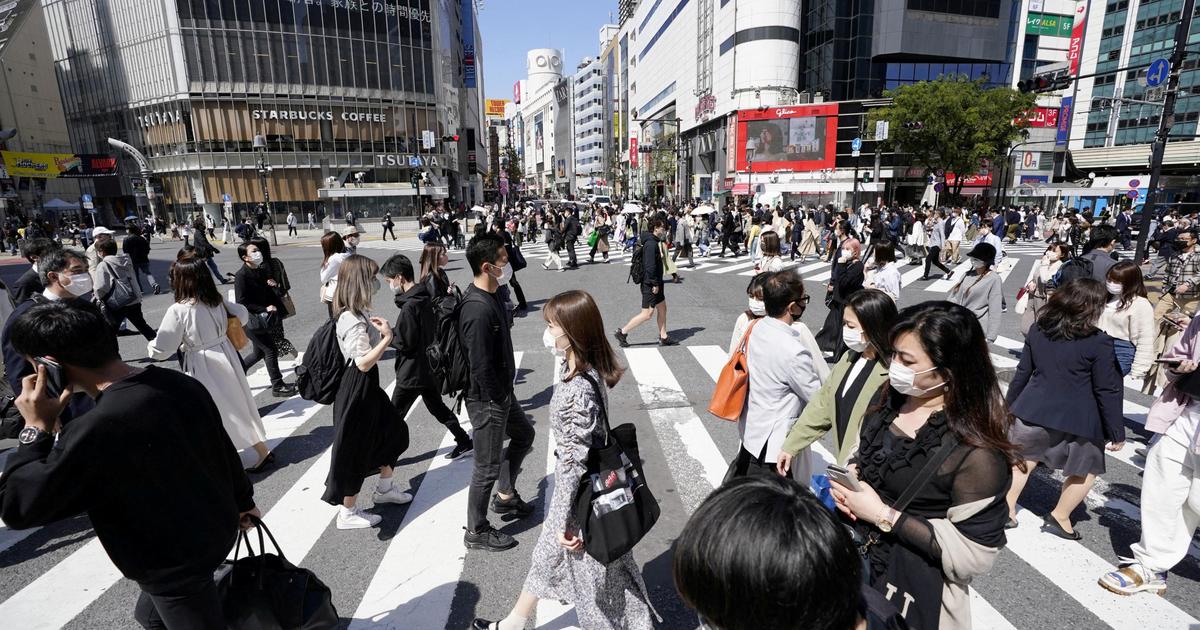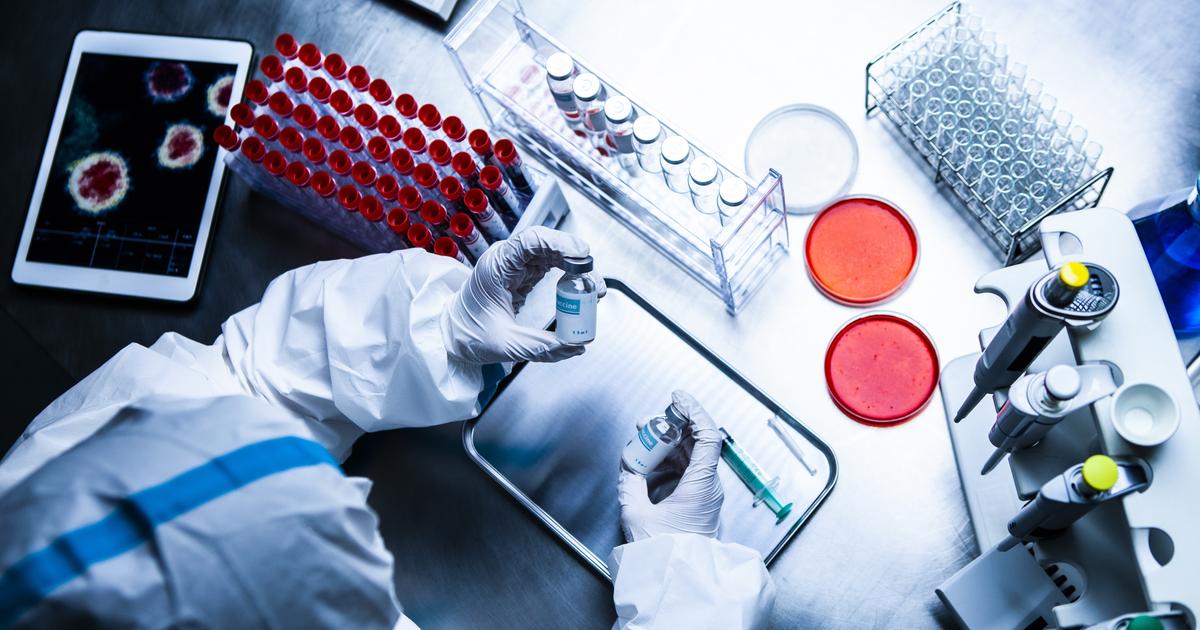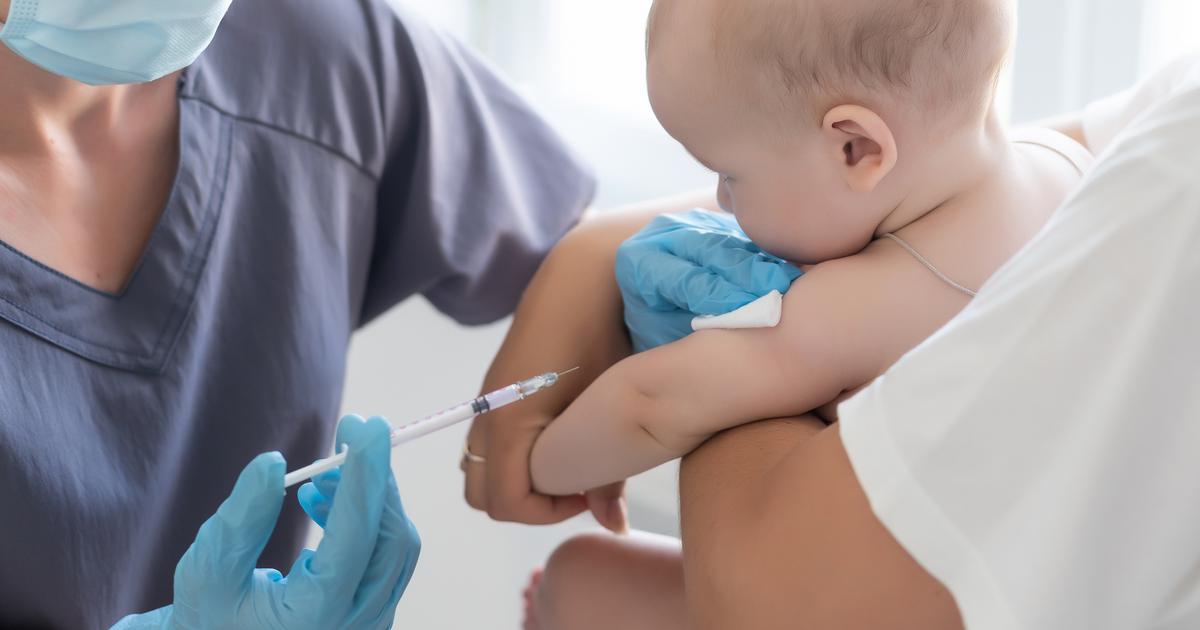CDC recommend updated covid vaccine booster 0:54
(CNN) --
As millions of Americans travel to meet friends and family in the coming days, there is a good chance that Covid-19 infections will occur.
Experts hope Thanksgiving gatherings will stir social connections and give new coronavirus subvariants room to expand.
As a result, cases and hospitalizations may increase after the holidays, as they have for the past two years.
Covid-19 is not the only thing in this regard.
Thanksgiving gatherings also have the potential to amplify the spread of other viruses, particularly respiratory syncytial virus, or RSV, and influenza, which are already at high levels for this time of year.
“We have seen, in some regions, that RSV numbers start to trend downward.
Influenza numbers continue to rise.
And we are concerned that after Christmas, a lot of people are gathering together, and we may also see increases in Covid-19 cases," Dr. Rochelle Walensky, director of the Centers for Disease Control and Prevention, told CNN Tuesday. of the USA, CDC.
But things have been relatively quiet on the covid-19 front.
Experts say it may not stay that way for long.
advertising
“Covid positivity is increasing,” said Shishi Luo, associate director of bioinformatics and infectious diseases at genetic testing company Helix, which has been monitoring coronavirus variants.
“It is increasing fastest among 18-24 year olds” in the Helix sample.
It is the first time test positivity has increased according to Helix data since July.
When test positivity increases, it means that a higher proportion of covid-19 tests come back positive, and may be an indication that transmission is increasing.
"We should expect more cases," Luo said.
"If they're measured in the way we measure cases right now, I don't know, but I think overall you should see more people sick, definitely."
The rise in cases may not be detected as quickly according to official counts because most people test themselves for covid-19 at home and do not report their results, if at all.
"Scrabble variants" cause most new covid-19 infections in the US.
Epidemiologist explains nasal covid-19 vaccines 4:38
Will the new subvariants drive a new wave of cases?
BQ subvariants of omicron have come to dominate transmission in the US BQ.1 and its branch BQ.1,1 are descendants of subvariant BA.5;
they have five and six key mutations, respectively, in their spike proteins that help them evade the immunity created by vaccines and infections.
Due to these changes, they are growing faster than the BA.5 subvariant.
For the week ending November 19, the CDC estimated that the BQ.1 and BQ.1.1 subvariants caused about half of all new COVID-19 cases in the US. But so far, they have reached the dominance without much impact.
Covid-19 cases, hospitalizations and deaths have remained stable for the past four weeks in the United States.
But it's not gone: On average, more than 300 Americans die and 3,400 people are hospitalized each day with Covid-19, according to CDC data.
No one knows exactly what will happen to the BQ variants.
Many experts say they are hopeful that we won't see the big waves of winters past, certainly nothing like the original omicron variant, with its staggering spike of nearly a million new infections a day.
There are reasons for optimism on several fronts.
First, there is the experience of other countries such as the UK, where BQ.1 has outpaced rivals to dominate transmission even as cases, hospitalizations and deaths have declined.
Something similar happened in France and Germany, says Michael Osterholm, an infectious disease expert who directs the Center for Infectious Disease Research and Policy at the University of Minnesota.
“Cases increased in France and Germany just before the subvariants came in.
Then the subvariants came in and the cases really went down,” he said.
Bill Hanage, an epidemiologist at the Harvard TH Chan School of Public Health, believes that our behavior and our social contacts may be more important determinants of whether cases will rise in this round than whichever variant leads the way.
He thinks we're likely to see an increase in cases that may peak around the second week of January, as it has in previous years, but it won't have a big effect on hospitalizations and deaths.
Andrew Pekosz, a virologist at the Johns Hopkins Bloomberg School of Public Health, says that's probably because the benefits of BQ.1 are incremental, not drastic.
“He probably has a bit more of a fitness advantage, so what we're seeing is a gradual replacement without a massive change in the total number of Covid-19 cases,” he said.
New coronavirus subvariants evade antibodies from vaccination and previous omicron infection, studies show
OPS: Do not use nicknames for coronavirus subvariants 2:45
The United States is behind in vaccination
All of this is not to say that the BQ.1 and BQ.1,1 sub-variants will have no impact.
They have shown marked resistance to the antibodies that are available to protect and treat people vulnerable to severe covid-19 infections.
From that point of view, there are good reasons for people to be cautious if they have a weakened immune system or will be around someone who does.
But these subvariants will land at a time when population immunity is higher than ever, thanks to vaccinations and infections.
It's a very different environment than the virus encountered when the omicron subvariant emerged a year ago, and that too should help dampen any waves ahead, says Pekosz.
“With many people now receiving boosters and vaccinations and with people having some immunity against an omicron infection, it's also a very, very different kind of population picture for a variant to emerge,” Pekosz said.
“I think all the signs are for the best part of the picture in terms of not seeing these massive increases in cases.”
If there's one reason to worry about BC in the US, it might be this: Americans aren't as well vaccinated and haven't had boosters as other countries.
CDC data shows that two-thirds of the population have completed the primary covid-19 vaccine series, and only 11% of those who are eligible have received an updated bivalent booster.
In the UK, 89% of the population aged 12 and over have completed their primary series and 70% have received a boost.
New research indicates that a country's vaccination rate is more important than any other factor when it comes to the effects of variants on a population.
Los Alamos National Labs scientists recently completed a study that delves into the effects of 13 dominant variants of the coronavirus as they pass from one to another in 213 countries.
The study includes data through the end of September and was published as a preprint prior to peer review.
Expert predicts a new wave of covid-19 in Mexico during the winter caused by omicron subvariants
Among 14 variables that influenced the speed and height of new waves of covid-19, the population vaccination rate was by far the most important.
The number of past cases in a country, the percentage of people wearing masks, the median income and the percentage of the population aged 65 and over ranked a distant second, third, fourth and fifth, respectively.
How many other variants are in the mix when a new one emerges is also an important factor, says lead study author Bette Korber, a lab fellow in the Theoretical Biology and Biophysics Group at Los Alamos.
Kober points out the Alpha variant, B.1,1.7, and how it performed in the UK vs. US.
“When it went through England, it was extremely fast, but it was much slower in the Americas,” Korber said.
When the Alpha variant arrived in the United States, we were developing our own California and New York variants "that were very distinctive and had a competitive edge compared to what you had to deal with in England," said Korber, who says the variant was likely he slowed his advance there.
The CDC is tracking a soup of more than a dozen omicron subvariants that are causing Covid-19 cases in the US, and that variety may end up helping dampen any surge this winter.
But Korber doesn't make predictions.
She says that it's too hard to know what's going to happen, pointing to Asia as the source of her uncertainty.
Asian countries have been dealing with waves fueled by the recombinant XBB, a sub-variant that hasn't really had much of a presence in the US. BQ variants came later, but he says they look impressive against XBB, which is also highly immune-evasive.
“BQ is really making a stop there,” Korber said.
"So I think it's not possible to be sure yet" about what could happen in the United States.
"For me, it's a good time, when possible, to wear masks," he said.
Masks protect the wearer and those around them.
“And get the (vaccine) booster if you're eligible and the time is right for you,” especially as we gather around the table to celebrate with our friends and family.
"It's time to exercise a little extra caution to avoid that wave that we don't want to happen, or at least make it a smaller bump," Korber said.
Covid-19












/cloudfront-eu-central-1.images.arcpublishing.com/prisa/KMEYMJKESBAZBE4MRBAM4TGHIQ.jpg)


